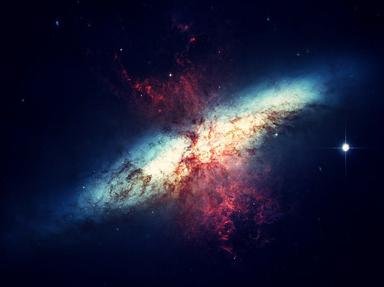Quiz Answer Key and Fun Facts
1. What constellation was the first extra solar planet found in?
2. The closest star that has a known planet is 10.5 light years away. Which star is it?
3. How are the extra solar planets named?
4. The planet around 109 Piscium was discovered in 1999. What is an interesting fact about this planet?
5. A pulsar is a fast rotating star that is the remains of a supernova explosion. Are there any pulsars known to have planets?
6. Are any of the three known planets in orbit around the star Gliese 876 a gas giant?
7. 51 Pegasi B was the third extra solar world discovered around a "sun-like" star.
8. Have any extra solar planets been found in globular clusters?
9. With all the detection methods that are used, have any planets been found more than 10,000 light years distant from us?
10. What star, that has a planet, resembles our Sun?
Source: Author
Almach
This quiz was reviewed by FunTrivia editor
crisw before going online.
Any errors found in FunTrivia content are routinely corrected through our feedback system.

